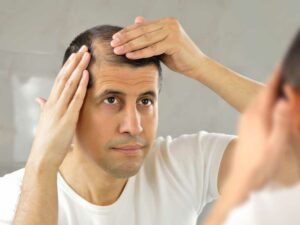Poor Growth Following Hair Transplantation: Results of a Questionnaire Study of Experienced Surgeons and Assistants
Background: Poor growth has been reported as an occasional problem after hair transplantation. Because this problem has not been adequately studied, we performed a clinical study to evaluate the prevalence and cause of poor hair growth.
Methods: We invited eighteen prominent hair restoration surgeons to participate in our study. Twelve of these surgeons agreed. Anonymous questionnaires were filled out by the surgeons as well as their assistants.
Results: These surgeons had a combined experience of 164 years and over 68,000 cases (average 14 years and 5,700 cases per surgeon). The definition of poor growth varied among surgeons. Some defined it as less than 95% of expected graft growth while others used less than 70% as the cutoff. Others used a subjective definition of “less than expected growth.” The prevalence of poor growth reported by the surgeons ranged from 0 percent to 25 percent (mean six percent) of all cases. These surgeons cited follicular trauma as the most common cause for poor growth with vascular factors coming in second.
Thirty four questionnaires were received from surgical assistants. Their surgical experience ranged from one year to 20 years (mean 6 years). Total cases ranged from 250 to 9000 (mean 1700 cases). Thirty two percent of assistants reported never seeing a case of poor growth. Of those who did, the reported prevalence matched that of the surgeons with a range of 0.001% to 25%, but a lower mean (3.5%). Interestingly, assistants cited patient factors (non-compliance with postoperative instructions) as the most likely cause for poor growth.
Discussion and conclusion: This clinical study provides important information about the phenomenon of poor growth after hair transplantation. The reported prevalence of poor growth varied widely among surgeons and assistants. This may indicate a true difference or merely a difference in the perception and definition of poor growth. Surgeons believed that operative follicle trauma and vascular factors were the leading causes for poor growth, in contrast to assistants who cited patients’ non-compliance with post-operative instructions. The opinions of experienced surgeons and assistants reported in this study can help all surgeons in reducing the problem of poor growth and producing better outcomes.






